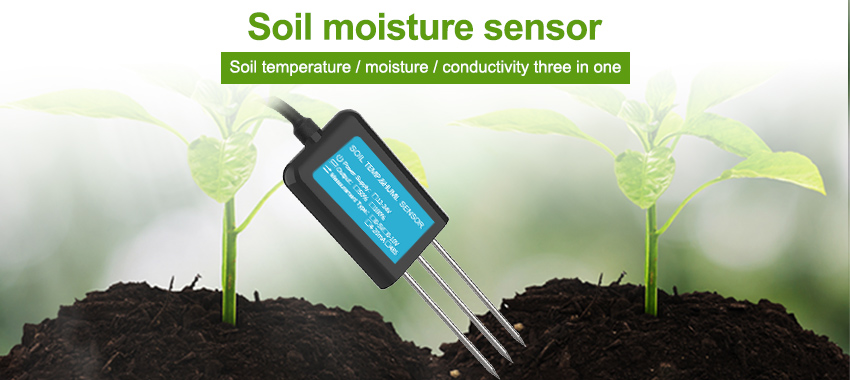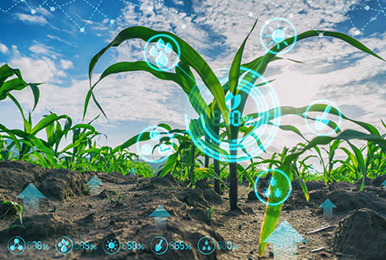soil moisture sensor garden
Soil moisture sensor are devices that measure the water content in the soil, giving you a reading of how much moisture is available for your plants. These sensors come in a variety of forms, but they all work by detecting the electrical conductivity or capacitance of the soil. As soil moisture changes, so does its conductivity or capacitance, which is detected by the sensor and translated into a moisture value.

This is where soil moisture sensors come into play
Maintaining a lush, healthy garden requires effort and attention to detail. One of the most important aspects of garden maintenance is ensuring that your plants receive the proper amount of water. Overwatering or underwatering your plants can both lead to stunted growth, diseases, and even death. However, determining how much water your plants need can be a difficult task.
Using a soil moisture sensor in your garden provides several benefits. First and foremost, it helps you avoid overwatering or underwatering your plants. Many gardeners tend to water their plants on a regular schedule, regardless of whether the soil is already moist or not. This can lead to water waste and may even drown the plants. With a soil moisture sensor, you only need to water when the soil moisture drops to a certain level, saving water and preventing plant stress.

Secondly, using a soil moisture sensor can improve the health and growth of your plants. Plants that are consistently watered according to their needs are more likely to thrive, produce larger yields, and resist disease and pests. Additionally, you can use soil moisture readings to adjust the frequency and amount of fertilizer you apply, ensuring that your plants receive the nutrients they need without excess fertilizer causing damage to the soil or plants.
Now that you understand the benefits of using a soil moisture sensor, let’s look at how to use it effectively in your garden.
The first step is to choose the right soil moisture sensor for your needs. There are several types of sensors to choose from, including simple analog sensors that give a general reading of soil moisture, high-tech digital sensors that provide precise readings and data logging, and wireless sensors that connect to your phone or computer to give real-time updates. Consider your budget, requirements, and gardening style when selecting a sensor.
Once you have purchased a soil moisture sensor, it’s time to install it in your garden. Start by selecting a representative area in your garden, where you will place the sensor. Avoid areas where water tends to pool or drain away quickly, as these may not be a good indicator of overall soil moisture. Dig a small hole approximately 6-8 inches deep and insert the sensor to the recommended depth. Be sure to follow the manufacturer’s instructions when installing the sensor, as the exact procedure may vary depending on the type of sensor you have.
After installing the sensor, it’s time to start taking readings. The frequency and timing of readings will depend on your garden’s needs. If you have plants that are particularly sensitive to changes in moisture, such as succulents or seedlings, you may want to take readings daily or even multiple times a day. For more established plants, once a week may be sufficient. Be sure to take readings at the same time of day and in the same location each time, as these factors can affect the soil moisture reading.
The most important thing to remember when using a soil moisture sensor is to use the readings to adjust your watering schedule as needed. If the soil moisture is too low, water your plants thoroughly until the moisture level reaches the optimal range. If the soil moisture is too high, delay watering until the soil dries out a bit. Use the readings to fine-tune your watering schedule and avoid overwatering or underwatering your plants.
In conclusion, using a soil moisture sensor in your garden is a simple and effective way to ensure that your plants receive the right amount of water. It can save water, improve plant growth, and reduce the risk of disease and pests. By choosing the right sensor, installing it correctly, and using the readings to adjust your watering schedule, you can enjoy a healthy, thriving garden all season long.